Opioid overdose
Recognizing an opioid overdose
When a person overdoses, breathing will slow dangerously and may stop altogether, eventually leading to brain damage or death.
Look for these potential signs and symptoms.
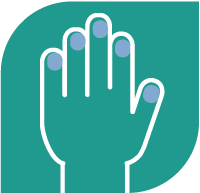
Blue or purple fingernails and lips
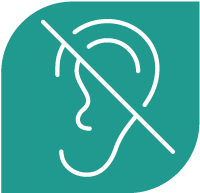
Unresponsive to voice or touch

Pinpoint-sized pupils
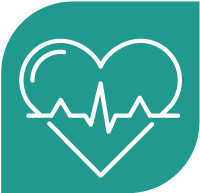
Slow heartbeat or low blood pressure
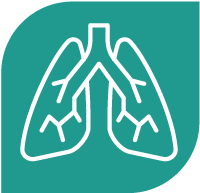
Slow, irregular or stopped breathing

Pale, clammy skin
If you suspect an opioid overdose, dial 911 and get emergency medical help immediately!
Emergency response for opioid overdose
With Narcan nasal spray
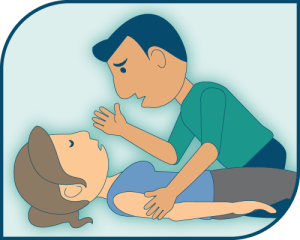
1. Identify opiate overdose
Try to wake the person up- Shake them and shout
- If no response, grind your knuckles into their breastbone for 5 to 10 seconds
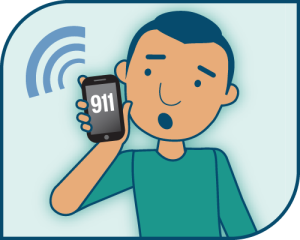
2. Call 911
If you report an overdose, Minnesota state law protects you and the overdosed person from being charged with drug possession, even if drugs were shared.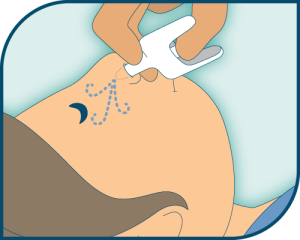
3. Give Narcan
- Lay the person on their back
- Hold applicator as shown
- Tilt the person’s head back
- Insert tip into one nostril and press plunger firmly.
- After giving the dose, remove applicator from nostril.
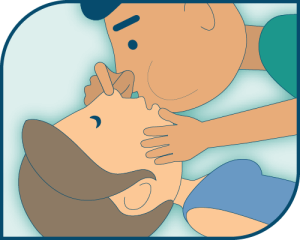
4. Rescue breathing and recovery position
If patient is breathing, roll person onto their side into recovery position. (see illustration 6) If patient is not breathing, give CPR if you’ve been trained, or do rescue breathing:- Tilt head back, open mouth and pinch nose
- Start with 2 breaths into the mouth; then 1 breath every 5 seconds
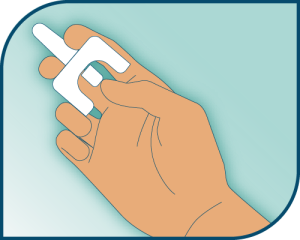
5. Repeat Narcan if needed
If no response after 2 to 3 minutes, give another dose- Repeat Step 3 using a new Narcan Nasal Spray
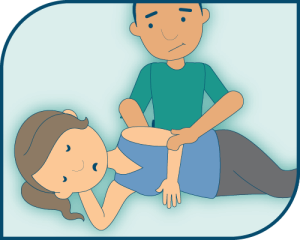
6. Stay with person until help arrives
- Watch the person closely
- Narcan can be given every 2 to 3 minutes if additional doses are available

